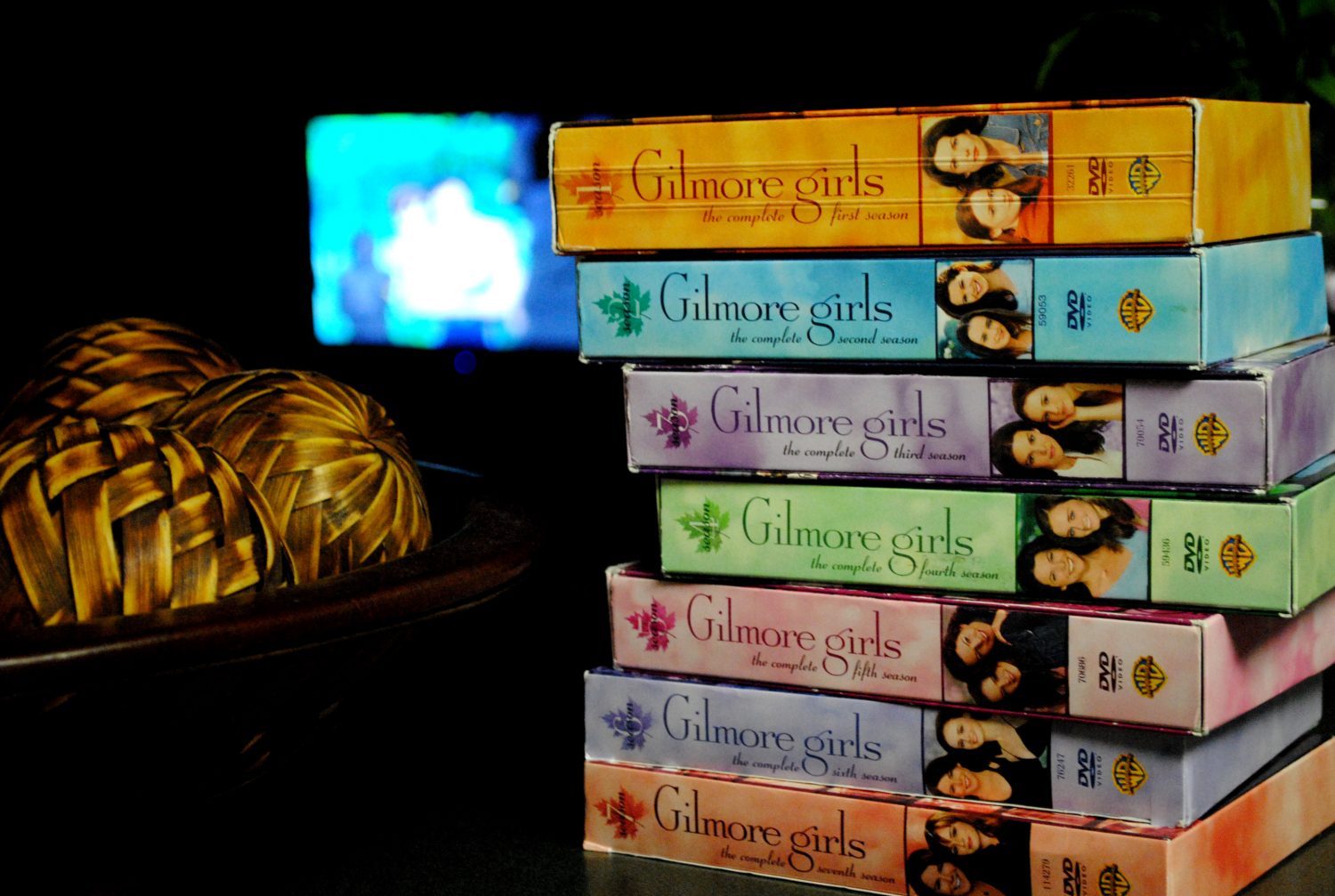Gilmore Girls revival has opportunity to redeem itself

Gilmore Girls first aired on TV in 2000 and was a fan favourite for seven years, wrapping up in 2007.
Not only did this show provide a heart-warming, quirky narrative, but on the surface, the show is a bildungsroman — a coming of age story — for two characters: mother-daughter duo, Rory and Lorelai.
Everyone loves a bildungsroman. There’s a reason why S.E Hinton’s The Outsiders, is still taught in high school and university classes nearly 60 years after it was published. Western culture has an obsession with dissolving innocence.
Gilmore Girls, however, has a bit more depth than the typical bildungsroman. This is mainly because it is women that are coming of age, while the traditional bildungsroman is generally geared towards male protagonists. I’m looking at you, Holden Caulfield.
Gilmore Girls tells the story of a girl who gets pregnant at 16 and must raise a child before she’s become an adult herself. The show starts up when Rory, the daughter, is 16 and Lorelai, her mother, is 32. The audience is subjected to this bizarre mother-daughter relationship, where both parties are, essentially, at the same level of maturity.
I love Gilmore Girls, mainly because it presents some interesting issues regarding feminism and female independence. Lorelai struggles to find a balance between taking care of herself and her daughter without the help of a man, while also yearning for a male companion.
During the first five seasons, before Lorelai ends up with Luke, Lorelai’s love life is somewhat destructive. She fears commitment, but also sticks to her guns when someone mistreats her (Digger could never win her back, the asshole).
Although her parenting tactics can be a bit questionable — regarding Rory as her best friend first and her daughter second — Gilmore Girls was desperately trying to be progressive in the early 2000’s. And for that, I applaud them.
There still lies a problem, however.
While Lorelai and Rory were trying hard to maintain the “I don’t need a man” mentality, several other issues in the series seemed to overshadow the positive feminist approach.
Let’s talk about Lane’s mom, Mrs. Kim, and the blatant racism that coincided with her character. Mrs. Kim’s character upholds the stereotypical Asian parent trope — strict, oppressive, controlling and only concerned with her daughter’s educational success. The majority of their mother-daughter relationship consists of Mrs. Kim trying to fine Lane a “good, Korean husband.”
In general, the show really only featured white characters, with the exception of Michele. Even then, he was consistently “othered” and also made to be the source of many jokes, quite frankly, because his French accent was hard to understand.
Let’s also talk about the gay jokes. In the beginning of the series, Lorelai accuses Dean of being gay in a lighthearted tongue-and-cheek kind of way. Luke also calls Kirk gay for holding his girlfriend’s purse. Any time a male character displayed any stereotypically feminine qualities, they were subjected to teasing or having their sexuality questioned.
All of these homophobic jokes are made to be lighthearted, but that just doesn’t exist in TV anymore. TV today celebrates diverse sexualities, while Gilmore Girls revolved around heteronormativity.
The point is, watching this series in 2016 can be painful to anyone who respects political correctness, or to anyone who celebrates Hollywood’s newer approach to tell the stories of characters who aren’t straight, white, cisgendered people.
Now, fans are gearing up for the revival, which is set to air on Netflix this Friday. I’m also one of those fans that’s bursting with excitement.
I love the story of Lorelai and Rory. I love their friendship. I love the feminist ideology that lies in telling the story of a successful single mom who owns her own business.
But what I’m most excited for is to see this story told in 2016, a time where making gay jokes and being racist on TV isn’t as acceptable as it was in the early 2000’s. I acknowledge that Gilmore Girls existed in a time when the majority of people thought this was okay and that this was acceptable humour.
I’m hopeful that the revival will still feature several cups of coffee, fast-paced dialogue, Miss Patty’s town gossip, Luke’s pessimism and jokes that don’t uphold the marginalization of certain groups.


